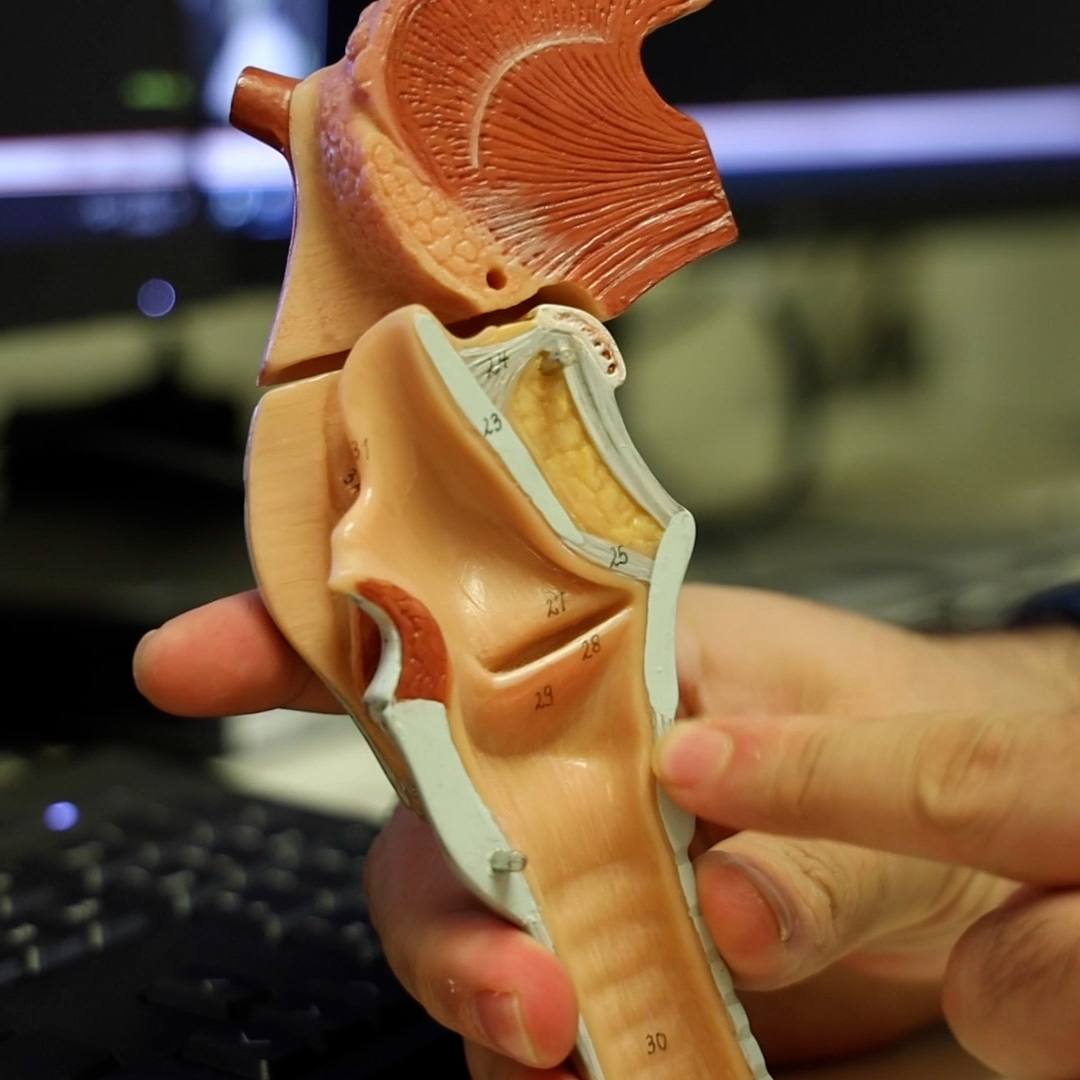-
Featured News
Discovery’s Edge: Researchers seek to manage pain while minimizing opioid prescriptions

In the last 15 years, the number of Americans receiving an opioid prescription and the number of deaths involving overdoses have roughly quadrupled, according to the Centers for Disease Control and Prevention. More than 90 people per day died in 2015 from an overdose of a prescription opioid or heroin – an illegal opioid made from morphine.
As the opioid epidemic continues, health care providers are hoping to do their part. For decades, the emphasis nationwide for treating surgical patients was to prescribe enough opioid pain medication to ensure they didn’t have any pain. But health care providers are realizing it’s a balancing act between managing pain and ensuring patients aren’t overprescribed.
To that end, Mayo Clinic researchers are studying the clinic’s opioid prescribing practices after surgery, outlining areas for improvement based on evidence, and implementing change. The team includes scientists in the Mayo Clinic Robert D. and Patricia E. Kern Center for the Science of Health Care Delivery, along with surgeons, pain medicine specialists, nurses and pharmacists. Their goal is to identify the right amount for each patient.
“The key factor is that we want to make a reduction in opioid prescriptions in an informed way – based on current patient needs – so that we don’t under-treat patients’ pain,” says Tad Mabry, M.D., a Mayo Clinic orthopedic surgeon. “We want to achieve the best possible patient outcomes, and patient experience, with minimal exposure to opioids.” Read the rest of the article on Advancing the Science.
________________________________________________
Find more research news on Advancing the Science and Discovery's Edge.
Related Articles







